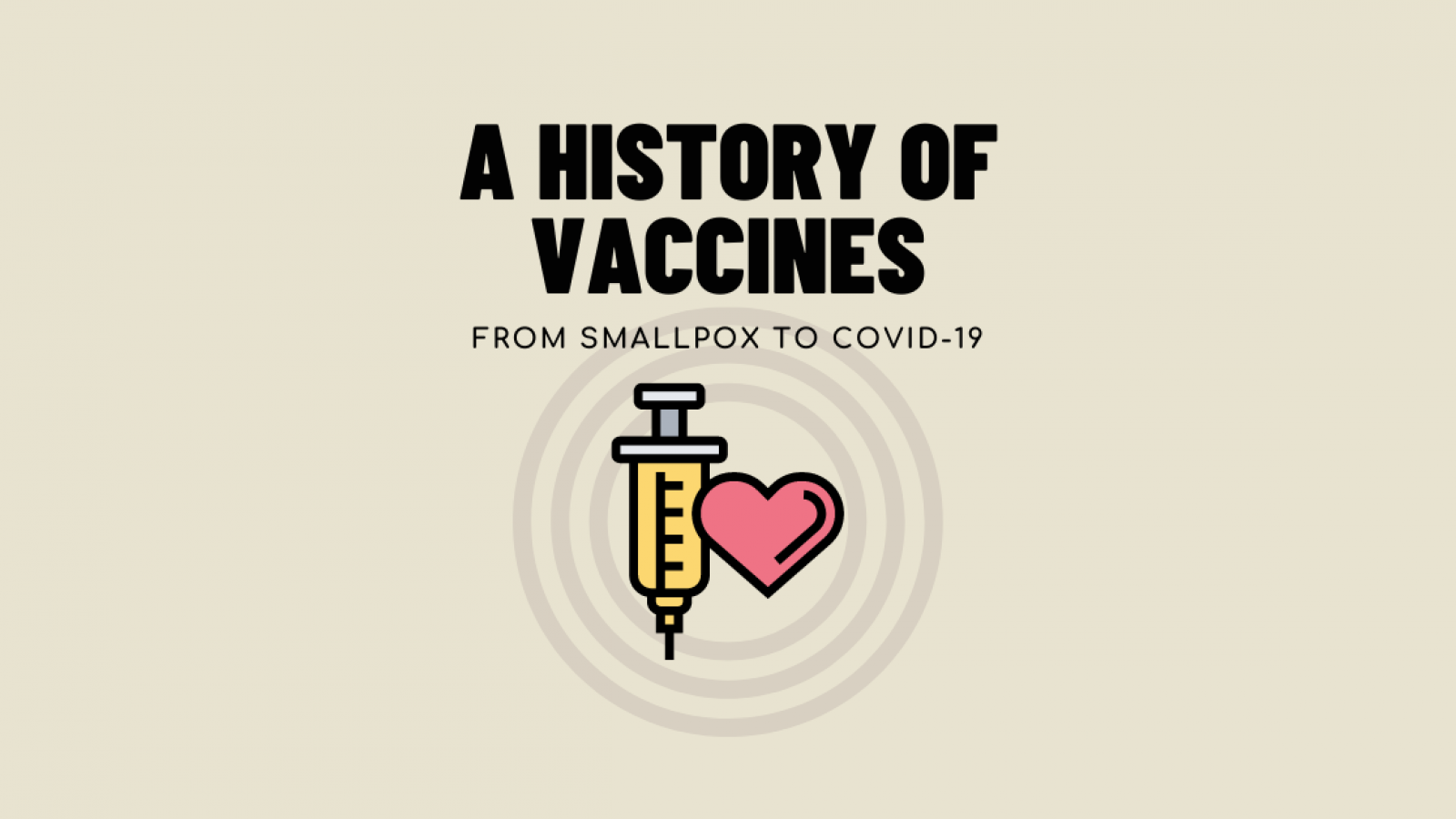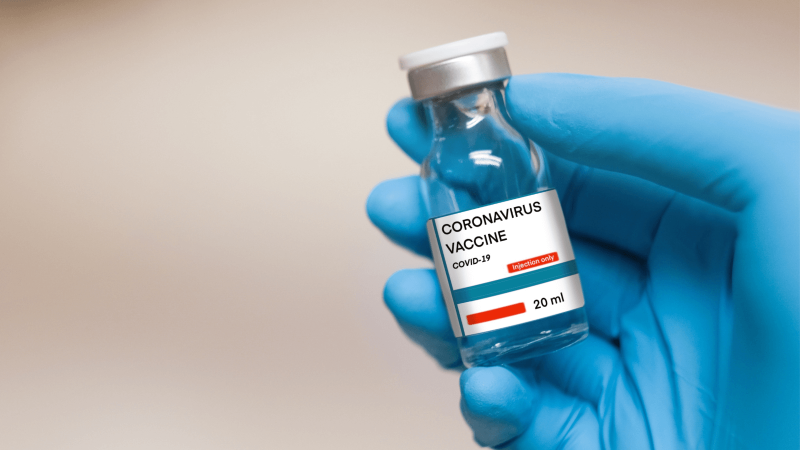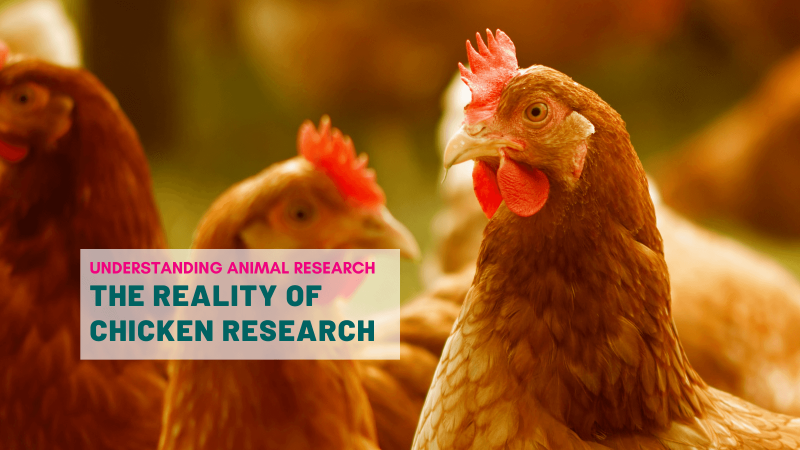It wasn’t so long ago that we celebrated the 200th anniversary of Edward Jenner's first vaccine against smallpox in 1796. Since then, the development of vaccines has helped protect humans and animals against hundreds of infectious diseases and saved millions of lives. Over the last several decades particularly, the rise of new scientific discoveries and technologies has led to rapid advances in virology, molecular biology, and vaccinology.
Before vaccines were invented, many diseases that doctors now only tend to know from textbooks used to decimate populations and left many with lifelong conditions. The plague, cholera, the various flu pandemics were among the most deadly events in human history.
Many tend to forget that before vaccines, rubella was a killer disease and also caused 20,000 children yearly, in the US alone, to be born with brain damage and other congenital abnormalities. Measles killed thousands but also left 33 out of every 100,000 people with mental developmental problems or central nervous system damage. Smallpox killed but also left many survivors blind, maimed, or brain damaged. Vaccines have been incredibly successful in protecting populations from all of the devastation that these disease caused.
Early immunisation methods
The practice of immunisation dates back centuries. Evidence suggests that Chinese doctors had a theory of immunisation as early as 1000 CE. They used to smear a skin tear with discharge from cowpox to confer immunity to smallpox. Smallpox killed roughly three out of every 10 people infected, making it one of the world’s deadliest diseases.
The Chinese had possibly recognised that people who had contracted smallpox once were immune to reinfection. They came up with the idea of preserving scabs from individuals who had suffered mild cases, drying them out, crushing them to a powder and blowing them up people’s nostrils to confer some sort of protection. Variations on this practice were also practiced in Africa and Turkey as well, before it spread to Europe and the Americas.
Lady Mary Wortley Montagu, a smallpox survivor, was the wife of the British ambassador in Turkey in the 18thcentury. She discovered that variolation against smallpox – inhaling a powder made from smallpox scabs - was widely practiced in Turkey and took the bold step of inoculating her own son and daughter with the method. On her return to England she became a well-known advocate for the practice and persuaded many people to take it up including the King and members of his family and a young boy called Edward Jenner.
However, variolation had serious shortcomings. Between one and three percent of those inoculated fell ill and died. This mortality rate explains why the procedure never became a fully established practice. It would take Edward Jenner to develop the first truly safe and reliable version of what we would recognise as a vaccine in the modern sense of the word.
Vaccination
It had long been noticed that cowpox, a mild variant of smallpox found in cattle that could be transmitted to humans, seemed to offer some kind of protection against smallpox. Milkmaids who had contracted cowpox as a result of their work would typically be spared smallpox infection. Milkmaids’ families would fall ill, but the milkmaids themselves, if they had had cowpox, were spared. As a doctor with a rural practice, Jenner was in an ideal position to research cowpox and its effects on people who worked with cattle.
In a celebrated experiment in 1796 — though it would hardly pass ethical muster today —Jenner harvested discharge from a cowpox pustule from a milkmaid named Sarah Nelmes and scratched it into the arm of an eight-year-old boy named James Phipps. The process had been previously tested in horses, mules, goats and rabbits. A week later the boy fell ill but rapidly recovered. Six weeks later, Jenner exposed the boy to the smallpox virus, but he showed no symptoms of the dreaded disease.
Jenner then repeated the experiment on 22 more people. Again, none of the people inoculated with cowpox died or showed any signs of serious illness. This was proof that Jenner’s method was effective. He used the Latin word for the cowpox virus – ‘vaccinia’ – to create a name for his new protective treatment.
Jenner’s vaccine eradicated smallpox
Although Jenner’s success was greeted with great enthusiasm in some quarters, it also attracted bitter opposition. When correctly applied, Jenner's vaccines were successful but poorly trained practitioners would sometimes carry out Jenner’s procedure without properly understanding it, spreading the disease rather than containing it. Nonethless, the power of Jenner’s breakthrough could not be denied for long and vaccination was gradually implemented throughout Europe and the rest of the world.
In 1803, the Royal Jennerian Society was founded in Britain, and offered free-of-charge vaccination to those who wanted it. In 1805, Napoleon Bonaparte ordered the vaccination of his entire army. After that, the Spanish government launched a three-year-long philanthropic mission to bring vaccination to the Spanish Empire, including the Americas, the Philippines, Macao, and China. Eventually, the British government would pass laws in 1840 to vaccinate the entire population for free.
Jenner's vaccine which underwent medical and technological improvements over the following 200 years, and ultimately went on to help eradicate smallpox altogether. No cases of smallpox have been reported by the World Health Organization from anywhere in the world since 1978 and that was a tragic case of a medical photographer, Janet Parker, being accidentally contaminated in Birmingham Medical School.
Jenner’s legacy
Jenner's research lived on in the works of scientists like Louis Pasteur and Robert Koch. These renowned scientists explored the ways illnesses are transmitted among people. Their discoveries supported what is known today as the germ theory - the idea that microorganisms cause illnesses.
Based on the observation that bacterial cultures weaken and become less virulent over time, Louis Pasteur developed the first laboratory vaccine, in 1879, for chicken cholera. Pasteur’s assistant had fortunately forgotten to inject test chickens with live bacteria and went on a month long vacation. When he returned, he injected the chickens with the bacteria and rather than dying as they had when injected with fresh bacteria, they experienced mild symptoms, recovered, then did not become ill when re-injected with fresh bacteria.
After being tested in dogs, Pasteur developed in 1885 his first human vaccine against rabies, by attenuating the virus in rabbits. His experiments also spearheaded the development of the live attenuated cholera vaccine in 1897 and the inactivated anthrax vaccine in humans in 1904 after it was successfully used in sheep, goats and cows. Antitoxins and vaccines against diphtheria, tetanus, anthrax, cholera, plague, typhoid, tuberculosis, and more were rapidly developed throughout the 1930s.
Between 1890 and 1950, bacterial vaccine development proliferated. The Bacillis-Calmette-Guerin (BCG) vaccination against tuberculosis which is still in use today was developed at that point and tested in Guinea pigs. Alexander Glenny perfected a method to inactivate the tetanus toxin in 1923. The same method was used to develop a vaccine against diphtheria in 1926.
The development of viral tissue culture techniques developed from 1950-1985 led to the possibility of vaccines against viral disease, such as the Salk (inactivated) polio vaccine and the Sabin (live attenuated oral) polio vaccine, first tested in monkeys.
Research is still driving vaccine innovation
The protocol for developing a vaccine has changed dramatically since the early days of vaccines. Extensive testing and multiple rounds of preclinical trials, often with mouse models, is now required before a vaccine is determined safe to be used on human subjects.
As genomes became readily decodable, the past two decades have seen the application of molecular genetics and increased insights into immunology, microbiology and genomics applied to vaccinology.
In particular, new vaccine delivery systems are being invented such as DNA vaccines, RNA vaccines, viral vectors, plant vaccines and topical formulations. RNA vaccines, developed in mice, ferrets, pigs and monkeys have been particularly successful against COVID-19.
We still need vaccines against many diseases, AIDS being just one example. But the future for vaccines is not just tackling external diseases. Interestingly, therapeutic vaccines are now being created for non-infectious conditions such as addiction, allergies and even auto-immune diseases.
The first therapeutic vaccine approved by the FDA in 2010. This therapeutic vaccine helped in treating prostate cancerwhere patients' own white blood cells were taken and treated with a drug (vaccine) to train them to differentiate and fight cancer cells.
From blocking viruses to modulating and sharpening the immune system, vaccination has come quite a way.
References
https://www.pen-and-sword.co.uk/The-Pioneering-Life-of-Mary-Wortley-Montagu-Hardback/p/18797
Last edited: 29 July 2022 10:24




